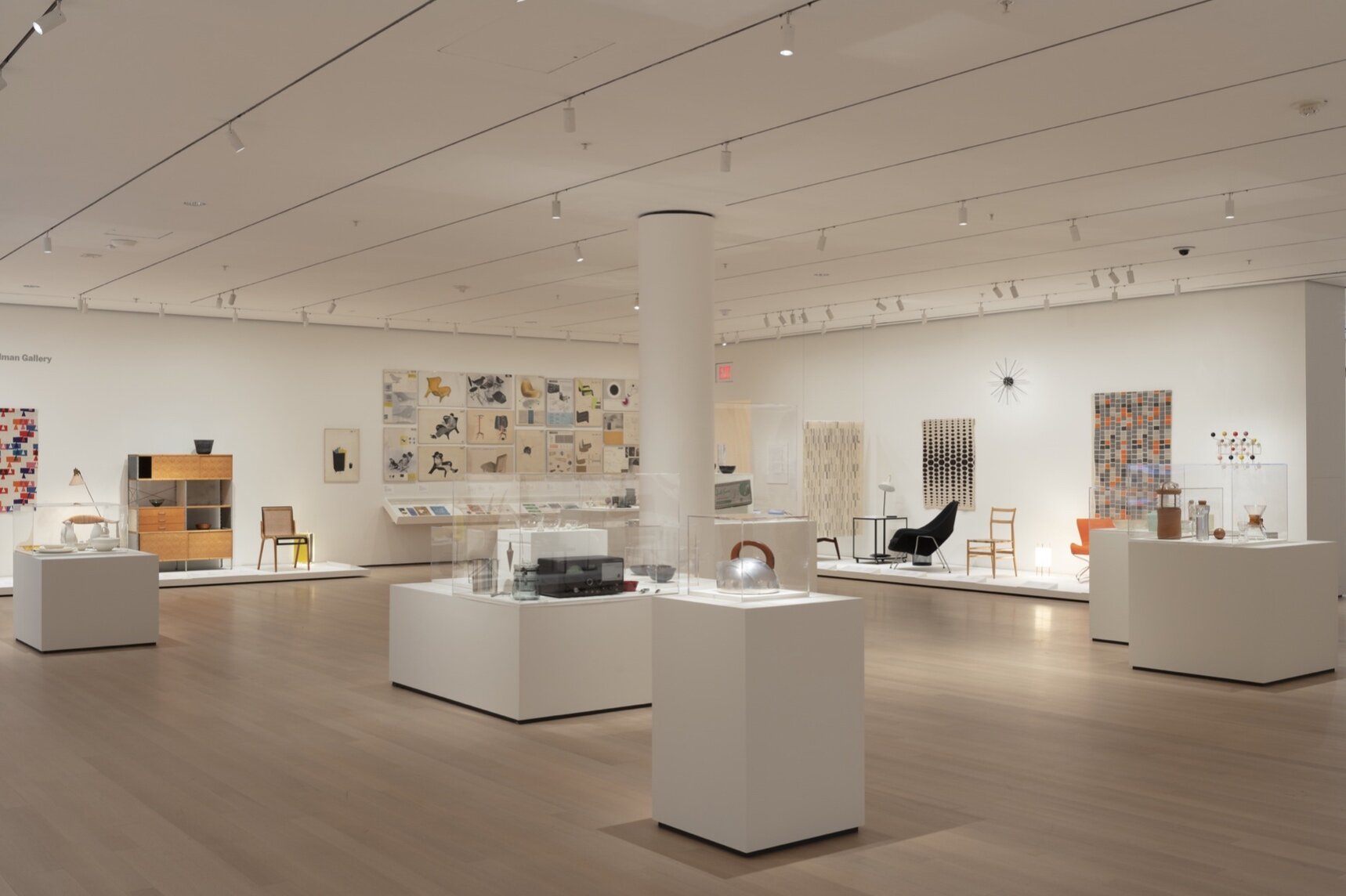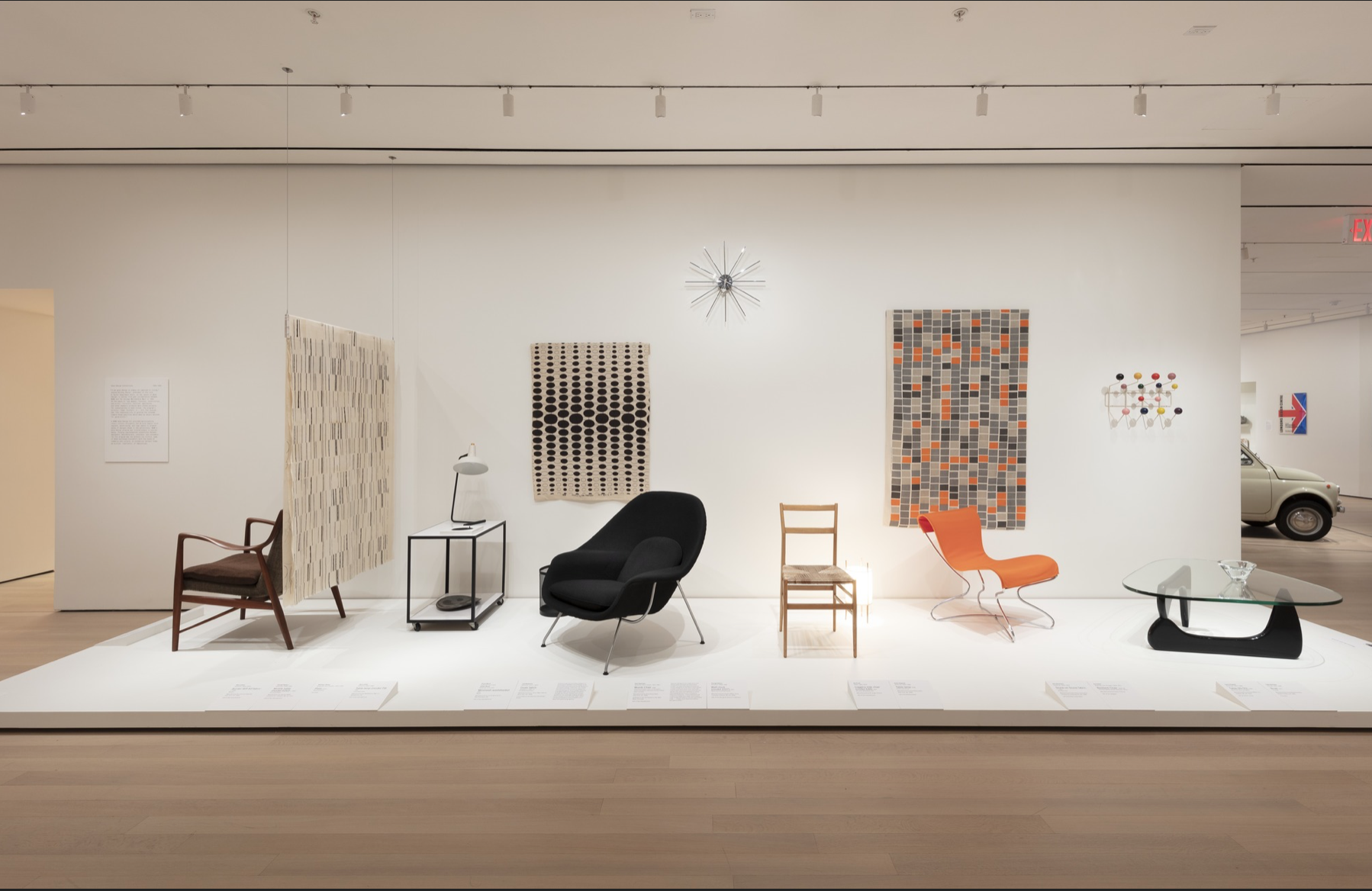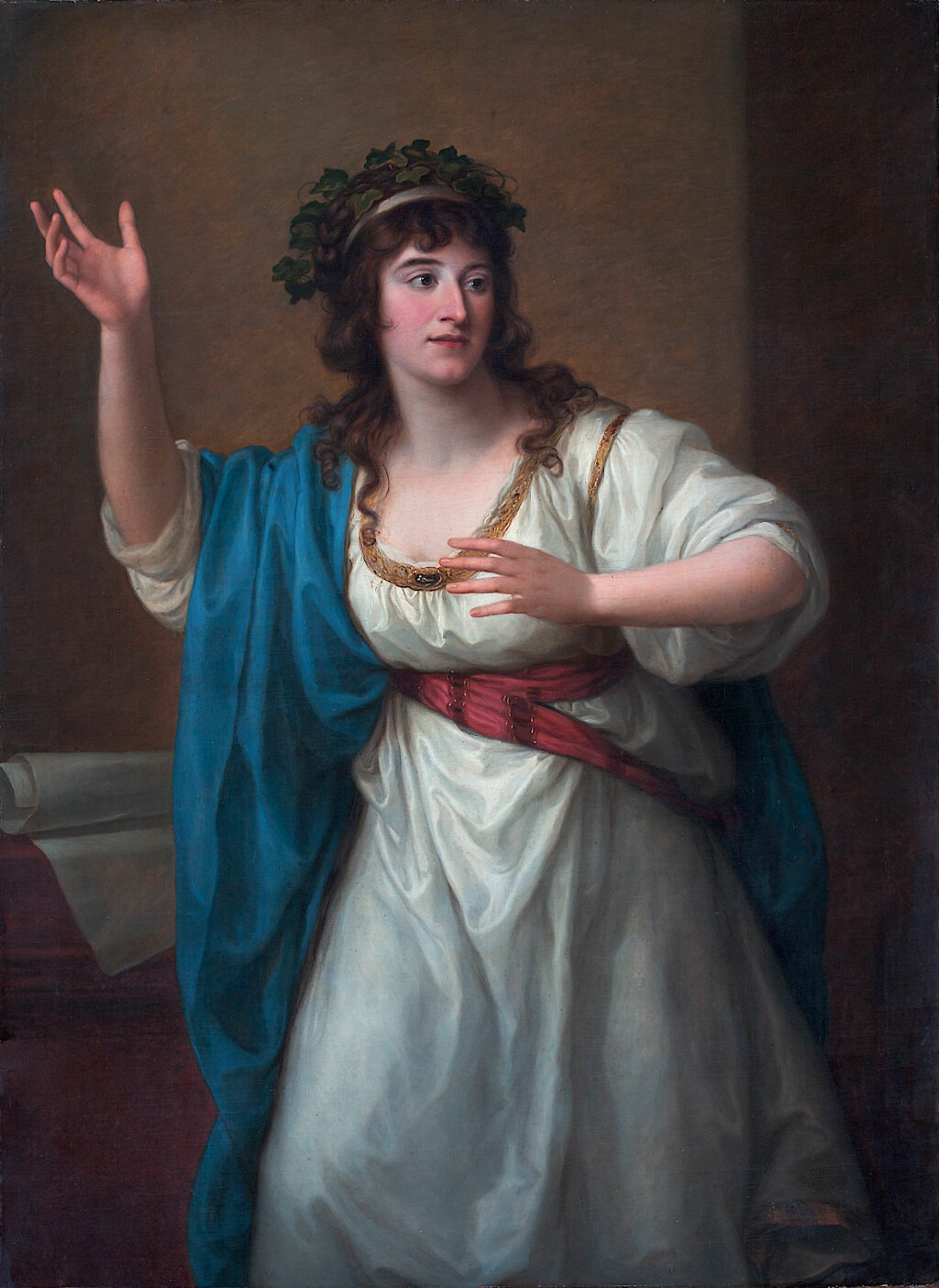MOMA and 20th Century Design History
The Value of Good Design exhibition view at MOMA, New York Photo credit: press.moma.org
The exhibition The Value of Good Design, curated by Juliet Kinchin, revisited artifacts and exhibitions that the Museum of Modern Art staged over several decades during the mid-twentieth century when it championed designs with a specific inclination. The focus of the exhibition was design produced in the period between the 1930s through the 1950s. During this period, the Museum of Modern Art was a major force in advocating for a type of design that married functionalism with aesthetic values at an accessible cost. For the Museum, good design was an international language that had to achieve integrity through a harmonious balance between its form and its use.
The exhibition was divided into two sections. The first one was dedicated to a selection of work of the Good Design Initiatives shown at The Museum of Modern Art between the late 1930s to the middle of the 1950s. The second section examined the Museum’s exhibitions’ international influence during the same historical period.
The Value of Good Design exhibition view at MOMA, New York. Photo credit: press.moma.org
The first section was a recounting of MOMA’s relevant participation in the development of design at the time, in which the Museum established the Good Design Initiatives. These converged into two significant exhibition series titled Useful Objects from 1938 to1948, and Good Design from 1950 to 1955, in addition to the launching of essential competitions and publications. These initiatives were directed by Eliot Noyes from 1939 until 1946, the first curator of the Department of Industrial Design at the Museum of Modern Art, and followed by Edgar Kaufman Jr., a prominent architectural historian, critic and the museum curator from 1950 until 1955.
The exhibition was a perfect opportunity to see some of the classics of furniture and industrial design of the era, such as Charles and Ray Eames’ “Coffee Table” and “Folded Screen” of 1946, Charlotte Pérriand’s “Low Chair,” of 1946, Greta Grossman’s “Cobra Lamp,” of 1848 and Isamu Noguchi’s “Table IN-50,” of 1944, to name just a few, all constituting emblematic examples of twentieth-century modernism. Furthermore, one could also enjoy some lesser-known pieces such as William H. Miller Jr’s “Inflatable Chair” of 1944, Davis J. Pratt’s “Chair” of 1948, and Lina Bo Bardi’s “Bow Chair” of 1951. These pieces are remarkable for their quality and ingenuity of design and material use. However, at the time, they did not enjoy the high-profile status of the first group mentioned here.
Additionally, among the significant artifacts displayed, one can find the “High Back” chair, designed in 1940 by Charles Eames and Eero Saarinen. That was an essential piece of furniture for its molded plywood frame that would anticipate the technological advances in molded plywood that so defined furniture design in the years and decades that followed. The “Museum Dinner Service,” designed by Eva Zeisel between 1942 and 1945, could also be appreciated. She was to become the first woman industrial designer to have a solo exhibition at MOMA. Finally, there is “Ovals Fabric,” a textile designed by Joel Robinson in 1950-51, who became the first African American designer to participate in MOMA’s Good Design series and entered the permanent collection of the Museum. The fact that the curator considered one piece of his work for this exhibition is commendable. However, it calls attention to a series of other concerns about how much more overlooked work done by African American designers might have been omitted and lost over time.
In addition to furniture design, the exhibition included numerous examples of household items, some of which are still in use nowadays. Here they were presented in vitrines at the center of the exhibition space, as well as a considerable amount of relevant textile designs of the era, and numerous posters and publications, all noteworthy.
The exhibition successfully traced the proactive role of the Museum during the period it covers but did very little in illuminating the additional questions it affirms it wants to elucidate. As stated on the Museum’s website, the exhibition was intended to bring up two questions: on the one hand, what good design means today and on the other which parameters from the mid-twentieth century could be transferred or reformulated today. Unfortunately, this ambitious statement failed. The exhibition is predominantly a historical survey, presenting no clear dialog with our present times.
The exhibition showed a selection of artifacts from MOMA’s collection disseminated throughout the space, which was organized, as the Museum’s narrative states, from the perspective of our twenty-first century. Although this assertion is very vague, one can speculate that this perspective is manifested in the incorporation of a diverse group of people. In the show, one encounters the work of some women, one African American graphic designer (Joel Robinson, 1923), and artifacts of designers from Japan, Brazil, Uruguay, Argentina, the Check Republic, Mexico, and Slovenia. It is important to note that, regrettably, the works of this latter group tend to be of minor importance or are predominantly drawings and posters. One can sense the curatorial effort to integrate a broader representation, but there is a lack of weight in the selected works. That might be explained by deficiencies of the Museum’s collection itself, but the Museum should consider how the public might perceive these gestures and re-evaluate their policies of inclusion. Doing it this way might reveal its faults rather than contributing to being truly inclusive.
The Value of Good Design exhibition view at MOMA, New York. Photo credit: press.moma.org
The second section of the exhibition comprised works that were influenced by MOMA’s tenets in the international scene. The most prominent artifact of this section was the 500f City Car designed by Dante Giacosa in 1957, a compact automobile of low cost and convenience that was extremely popular in Italy at the time. There was also a selection of international publications that included the term “Good Design,” advanced by MOMA, most notably from Germany and Japan, in addition to furniture design and industrial design from Scandinavia, France, Great Britain, Japan, and Germany. In this section, it was surprising to find the “Butterfly Stool,” designed by Sori Yanagi in 1956, an outstanding piece of furniture displayed in a secondary location, inside a vitrine among less relevant artifacts.
Lastly, it is worth paying attention to the deficient exhibition design. In my opinion, the show would have benefitted from a welcoming wall right upon entering the main space, with the exhibition title and narrative printed on it. The timeline displayed in the back room confronting the elevators should have been placed in a more visible location. It is frustrating to have repeatedly visited exhibitions related to design in this same space and each time encounter the same problem. It attests to the fact that design at MOMA is still considered a minor art as compared to the Fine Arts. This kind of issue would never be encountered in galleries dedicated to the “Higher Arts.”
The exhibition did not answer any questions about what good design might mean today, a question that is so central to the discourse of current design. It is a complex question that could not be answered only by going into the past. It is also a question of the future where resources are becoming exhausted, and the choices of material are intertwined with ethical and human issues.
However, The Value of Good Design exhibition made a valuable effort on memorializing the pivotal role of the Museum of Modern Art in establishing the central parameters of what design ought to be from the period of the beginning of the Second World War until the mid-nineteen fifties. The show gave its viewers a comprehensive glimpse into how MOMA was building Design history during the mid-twentieth century and forging a particular modernist perspective.








